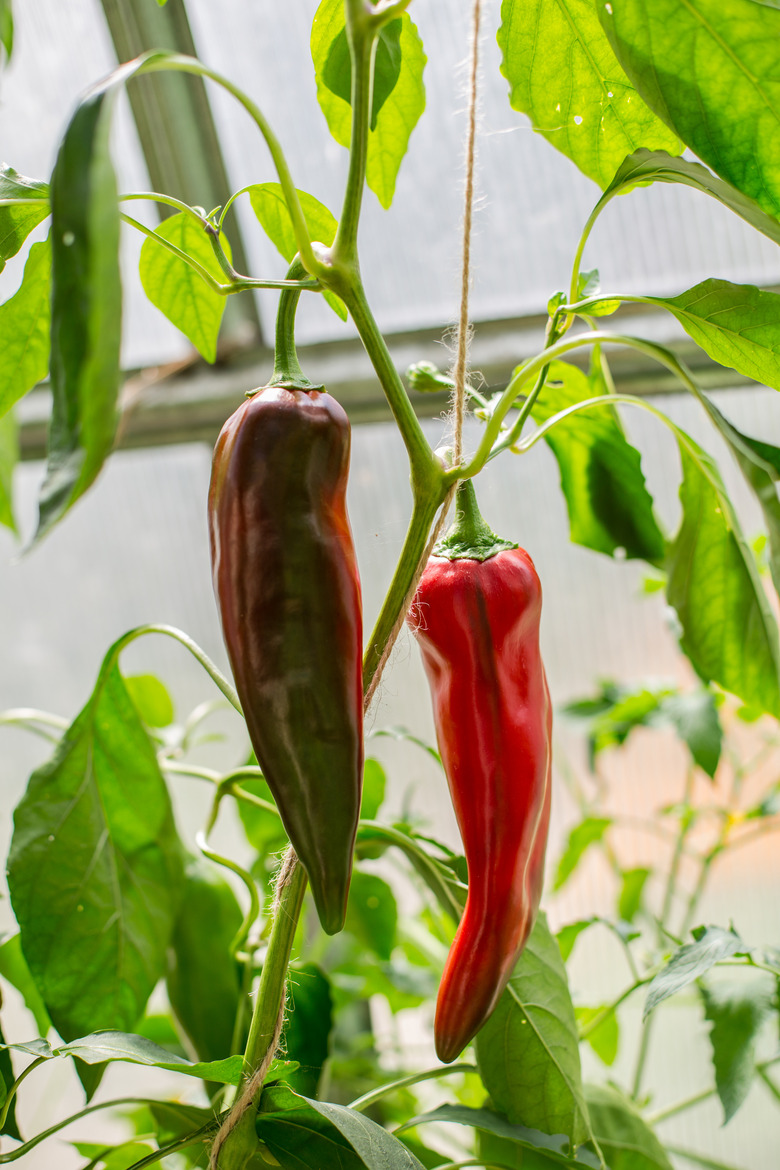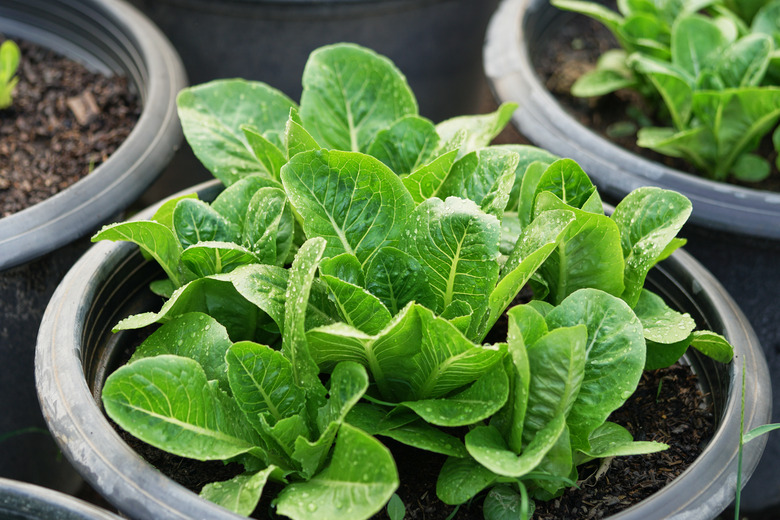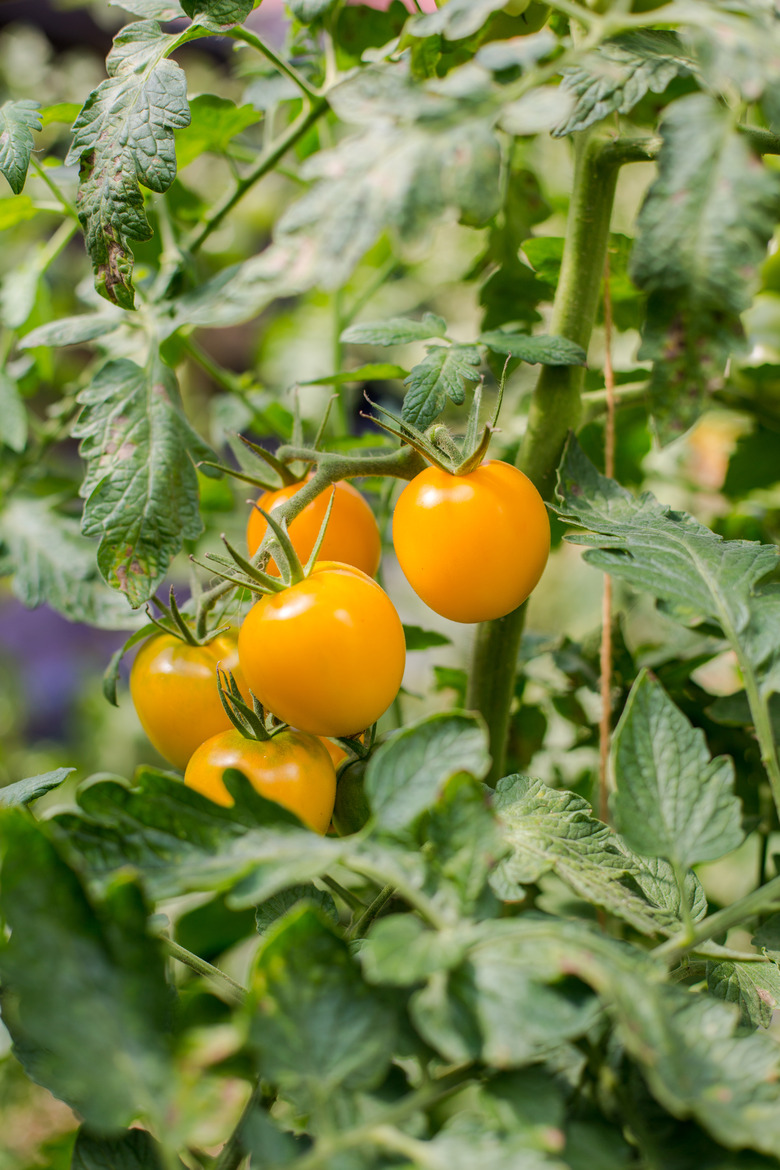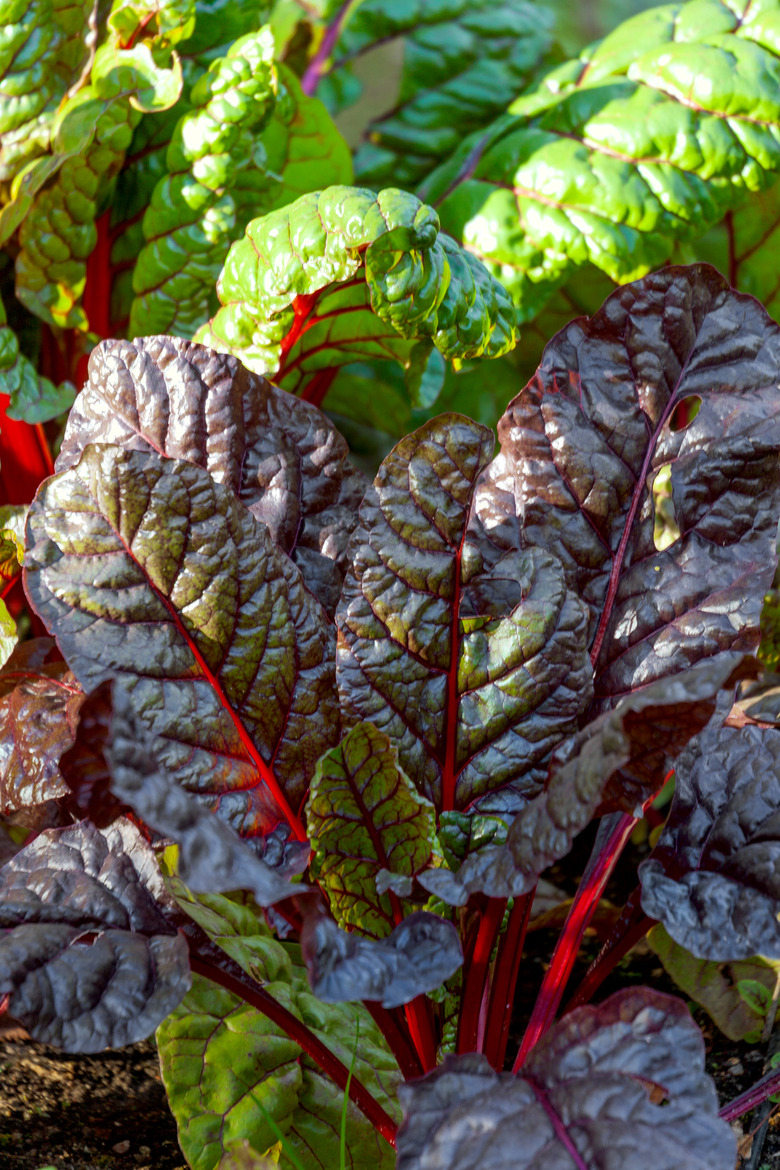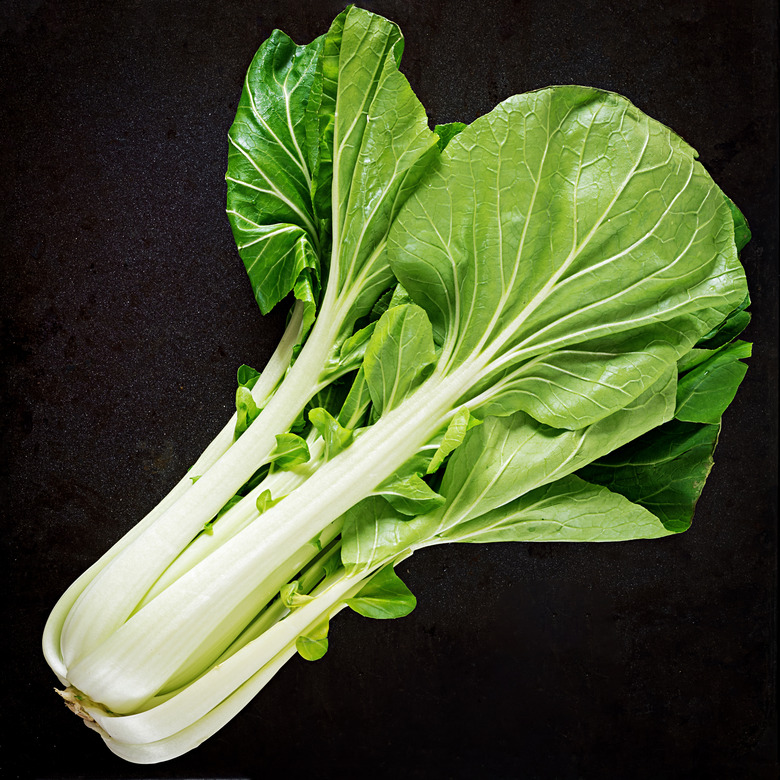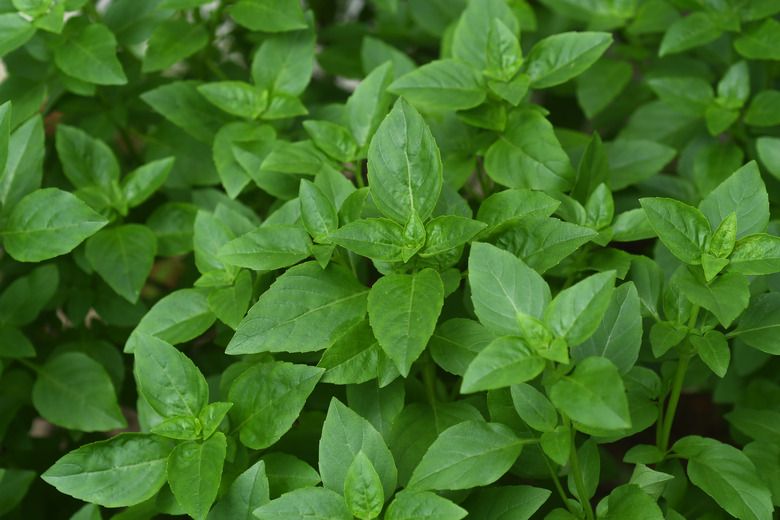Best Vegetables To Grow In Pots
Growing vegetables in pots is a lot less limited than you might think. And while you're thinking about it, don't be afraid to consider real vegetables, like tomatoes and eggplant, not just wispy, window-box plants such as herbs and edible flowers. Of course, the most obvious limitation is the growing space; in your case, the container, and more specifically, the depth of the container. But many common vegetables need less than 12 inches of soil depth, and some need as little as 4 inches. If you have some vertical space, you can also choose climbers, which can yield just as much in a pot as they do in an earth-bound garden.
Tips for Growing Vegetable in Pots
The most important reminder for growing anything in a container, but especially vegetables, is to use the right container. Make sure the pot offers sufficient soil depth for the plants. Roots that don't have enough soil get bound up, leading to stunted growth and generally poor health. Smaller, shallower pots also dry out quickly because there's less soil to hold water. You don't need huge pots—just enough depth for the plant type and your watering frequency (don't use small pots unless you're able to check them every day). If container depth is a concern, consider self-watering pots, which can support the same plants with less soil depth.
A few other tips to keep in mind:
- Be realistic about sunlight hours. If your house or building shades your containers for part of the day, don't count those as sunlight hours.
- Set your pots on casters if you have to move the plants to meet their daily sunlight needs.
- Watch out for wind, which quickly dries out plants and soil. More importantly, tall plants with trellis or pole support can become top heavy and susceptible to blowing over.
- Use potting mix formulated for containers rather than soil dug out of the ground. Potting mix holds moisture better and is less likely to compact than most natural soil.
- Make sure plants get enough water and fertilizer. Many vegetables need a lot of water, and the plants and water quickly sap nutrients from the soil, especially when multiple plants are growing in one pot.
Best Vegetables for Pots: Lettuce
Lettuce and other salad greens, including spinach, are ideal for wide, shallow containers and need only 4 to 5 inches of soil depth. They can tolerate full sun but do best with partial shade. Lettuce doesn't take up a lot of space, and you can harvest just what you need for a meal. Since mixed greens are often better than salads with a single type of lettuce, grow a few different varieties, and choose leaf lettuce over head lettuce, for space efficiency. A 10- or 12-inch pot can accommodate a few types of lettuce.
Best Vegetables for Pots: Peas and Beans
Peas and pole beans are vine plants that will grow up virtually anything you give them, making them ideal for visual drama. They can even be used for privacy screening on a patio or balcony. Peas need about 6 to 7 inches of soil depth, while pole beans need about 8 or 9 inches. Be sure to plan for the trellis, pole(s) or other support necessary when choosing and preparing the pot. If you're starting from seed, the plants won't need support for a while, but it's best to set up the support structure before planting, to prevent harm to the young plants.
If you want beans but can't accommodate a trellis or pole, choose a bush bean. They grow just as well in containers as pole beans but without the need for support. However, they do take up more container space.
Best Vegetables for Pots: Tomatoes
Tomatoes are perennial favorites for container gardeners and can be seen thriving in all sorts of containers, from upside-down grow bags to half barrels to 5-gallon buckets. Most tomato varieties need about 12 inches of soil depth. You can grow both vine (indeterminate) and bush (determinate) varieties of tomatoes in pots, but vine plants need plenty of support to bear the weight of their fruit, such with a tomato cage. Bush plants don't need support. You'll get the most bang for your buck with cherry tomatoes, especially if you have just one or two plants. The wait for larger tomatoes can be long, and the harvest is over all too quickly.
Best Vegetables for Pots: Eggplant
Like tomatoes (cousins in the nightshade family), eggplant fruits spend a lot of time on the vine; they're easier to protect from pests and other hazards when grown in pots rather than on the ground. Eggplants need similar care to tomatoes, but they like even more heat and sun—full sun all day (if possible) and temperatures above 54 degrees F at all times. They need at least 9 inches of soil depth and a 12- to 14-inch-diameter pot for a single plant. A 20-inch pot can accommodate up to three plants. There are several "compact" varieties of eggplant that are best for containers. However, even compact eggplants do better with support from a tomato cage.
Best Vegetables for Pots: Peppers
Peppers are popular plants for container growing because there are a fair number of smallish or compact varieties to choose from, and, more notably, peppers can be highly decorative, with vibrant fruit colors against a backdrop of nice green foliage. Bell peppers and other sweet varieties are suitable for containers, but small hot peppers, such as Thai, mushroom or habanero varieties, tend to be more decorative and generally give you more yield per plant. Most pepper plants need a minimum of 8 to 9 inches of soil depth. Typically only tall bell pepper and similar plants need support.
Best Vegetables for Pots: Beets
Several common root vegetables do well in containers, including carrots and radishes, but beets may be the all-around best for small spaces because you can eat both the foliage (beet greens) and the roots. In most climates, you can plant beets twice per year—in spring and again in midsummer—to yield two crops. Beets are easy to grow from seed and need 10 to 12 inches of soil depth. Plant the seeds 2 to 3 inches apart and at least 1 inch from the side of the pot. When the seedlings sprout, thin them (using scissors, not by pulling) as needed so they are about 3 inches apart.
Best Vegetables for Pots: Asian Greens
Asian greens include a wide variety of leafy green plants (mostly brassicas), from bok choy (pok choi) to spicy mustard greens. They can be sown from seeds in pots and usually need a little thinning once the seedlings arrive. Most Asian greens need at least 6 to 7 inches of soil depth, and most are cold-weather crops that should be planted in late spring or late summer (for fall harvest). They also like some shade, so they're ideal for pots that don't sit in full sun all day.
Best Vegetables for Pots: Chard
With its vibrantly colored stalks and showy, robust leaves, chard puts on an eye-catching display in containers. Most types of chard need only about 9 inches of soil depth, but each plant requires about 6 inches of space, so they do best as individuals in small pots or as multiples in large pots. The chard that you buy in the store usually has mature leaves that are too tough to eat raw; when growing your own, you can harvest them early, when they're tender enough to eat in a salad.
Best Vegetables for Pots: Herbs
Herbs as a group are the most popular edible plants for container growing, for several reasons. They're usually small and easy to grow and, because you eat the leaves, they offer very high yield for their size. Many herbs also do particularly well in pots because they don't mind being crowded. Soil depth varies widely: Basil, chives and coriander need only about 4 to 5 inches of soil; thyme and mint need 6 or 7 inches; rosemary and parsley need at least 9 inches.
One of the best advantages of growing herbs in pots is that you can keep the plants close by for harvesting, ideal for when you need them in a hurry for a recipe or garnish. This also helps ensure frequent picking, which is beneficial to most herbs. Some of the best herbs to grow in pots include:
- Basil
- Mint
- Thyme
- Lemon balm
- Parsley
- Rosemary
